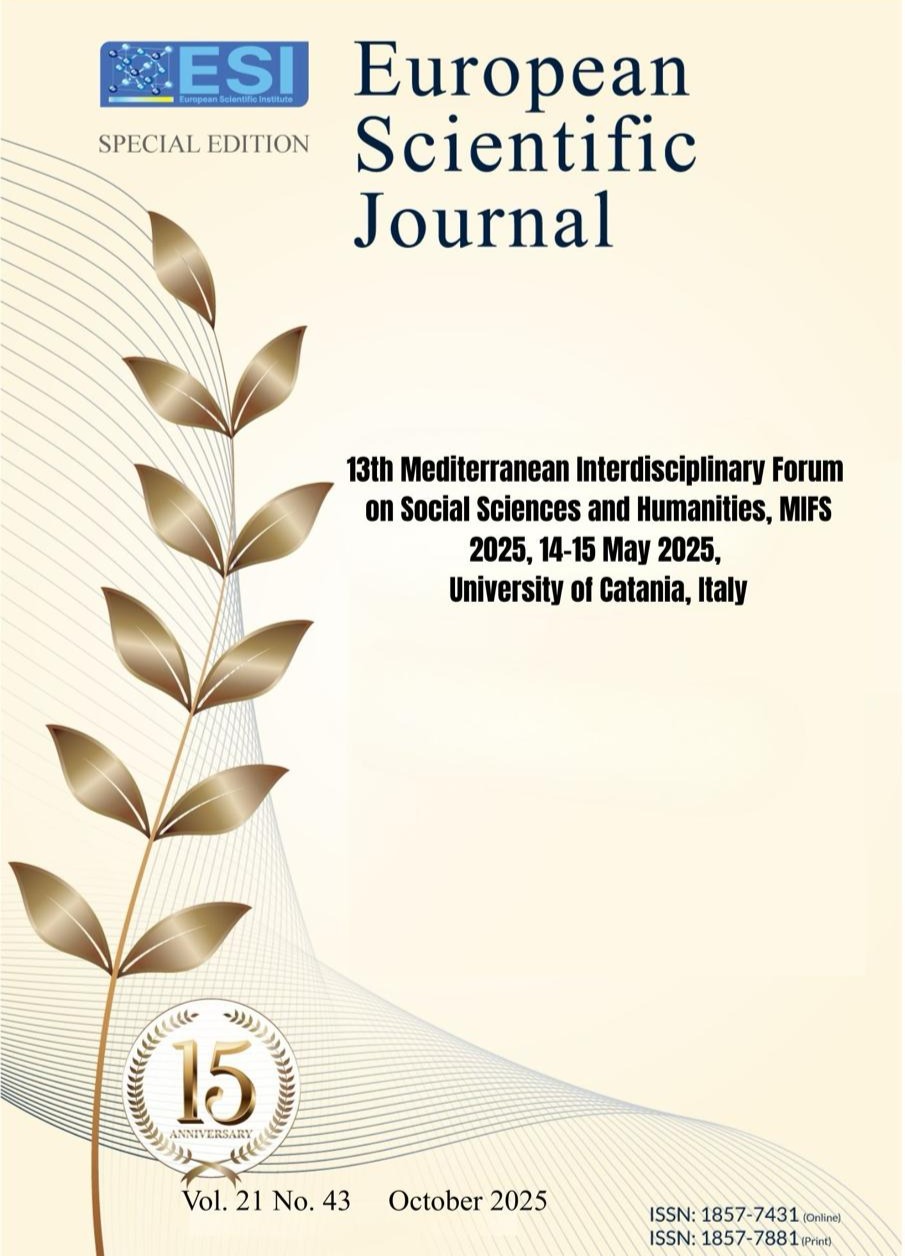The Sasanian Simorgh and Its Reflections in Islamic and Byzantine Art
Abstract
The Simorgh, a prominent composite creature in ancient Iranian mythology and art, achieved its most stylized and symbolic form during the Sasanian period. A mythological hybrid with canine or leonine heads, eagle wings, scaled bodies, and peacock-like tails, it became a key motif in Sasanian luxury arts. This study introduces a new typology of the Sasanian Simorgh based on a comparative formal analysis of its visual variations in silk textiles, silverware, and architectural ornamentation. Four main morphological groups are identified, each defined by distinctive tail structures and compositional elements. Employing Panofsky’s iconological method in conjunction with the theories of Hans Belting and Michael Baxandall on visual transmission, the research explores how the Simorgh motif was recontextualized in Islamic and Byzantine art. The findings demonstrate how the proposed typology enhances our understanding of the Simorgh’s visual transmission across cultural and temporal boundaries, revealing consistent patterns of adaptation and transformation in Islamic and Byzantine art. This typological framework thus contributes to broader discussions on image circulation, visual hybridity, and cultural exchange in Late Antique and Byzantine visual cultures.
Downloads
Metrics
PlumX Statistics
References
2. Baxandall, M. (1985). Patterns of intention: On the historical explanation of pictures. New Haven: Yale University Press.
3. Belting, H. (1994). Likeness and presence: A history of the image before the era of art. Chicago: University of Chicago Press.
4. Berti, G. (2000). Les mondes de l’Au-delà. Paris: Gründ.
5. Bhabha, H. K. (1994). The location of culture. London: Routledge.
6. Bier, C. (2008). The legacy of Sasanian silk: A global perspective. In *Textile Society of America Symposium Proceedings (Paper 148).
7. Bushell, S. W. (1910). L’Art chinois. Paris.
8. Canepa, M. P. (2009). The two eyes of the earth: Art and ritual of kingship between Rome and Sasanian Iran. Berkeley: University of California Press.
9. Canepa, M. P. (2010). Technologies of memory in early Sasanian Iran: Achaemenid sites and Sasanian identity. American Journal of Archaeology, 114 (4), 563–596.
10. Cassous, H. (1977). L’iconographie symbolique du paon dans l’art chrétien ancien. Paris: CNRS.
11. Ebersolt, J. (1929). Orient et Occident (Vol. II). Paris.
12. Erdmann, K. (1957). 7000 Jahre persische Kunst: Die großen Sammlungen. München: F. Bruckmann.
13. Ettinghausen, R., Grabar, O., & Jenkins-Madina, M. (2001). Islamic art and architecture: 650–1250. New Haven: Yale University Press.
14. Fray, R. N. (1996). L’Âge doré de la Perse. Paris: Soroush.
15. Ghirshman, R. (1954). Iran: From the earliest times to the Islamic conquest. London: Penguin Books.
16. Ghirshman, R. (1962). Iran: Parthians and Sassanians. London: Thames & Hudson.
17. Grabar, O. (1967). L’argent sassanide. Anne Arbor.
18. Grabar, O. (1980). The formation of Islamic art (2nd ed.). New Haven: Yale University Press.
19. Grabar, O. (1992). The mediation of ornament. Princeton: Princeton University Press.
20. Harper, P. O. (1978). The royal hunter: Art of the Sasanian Empire. New York: The Metropolitan Museum of Art.
21. Herzfeld, E. (1941). Iran in the ancient East: Archaeological studies presented in the Lowell Lectures at Boston. London: Oxford University Press.
22. Hillenbrand, R. (1999). Islamic art and architecture. London: Thames & Hudson.
23. Julien, N. (1989). Dictionnaire des symboles. Marabout.
24. Demange, F. (éd.). (2006). Les Perses Sassanid's: Fastes d’un empire oublié (224–642) [Exhibition catalogue]. Paris: Musée Cernuschi/Paris Musées.
25. Mode, H. (1977). Démons et animaux fantastiques. Leipzig: Éditions Leipzig.
26. Panofsky, E. (1955). Meaning in the visual arts. Chicago: University of Chicago Press.
27. Pop, A. U. (1959). Shahkarhā-ye honar-e Irān [Masterpieces of Iranian art] (Adapted by P. Khanlari). Tehran: Safi Ali-Shah Publishing House.
28. Scarce, J. (2003). Women's costume of the Near and Middle East. London: Routledge.
29. Simpson, St. J. (2011). Sasanian rock reliefs and identity construction. Iranica Antiqua, 46, 287–304.
30. Stephenson, J. (1928). The zoological section of Nuzhatu-l-Qulub. London.
31. Talbot Rice, D. (2007). Honar-e eslāmī [Islamic art] (M. Bahār, Trans.). Tehran: Scientific and Cultural Publications Co.
32. Yahaghi, M. J. (1996). Farhang-e asāṭirī va eshārāt-e dāstānī dar adabiyāt-e fārsī [A dictionary of mythological and literary allusions in Persian literature]. Tehran: Soroush Publications.
Copyright (c) 2025 Seyed Salam Fathi

This work is licensed under a Creative Commons Attribution 4.0 International License.








